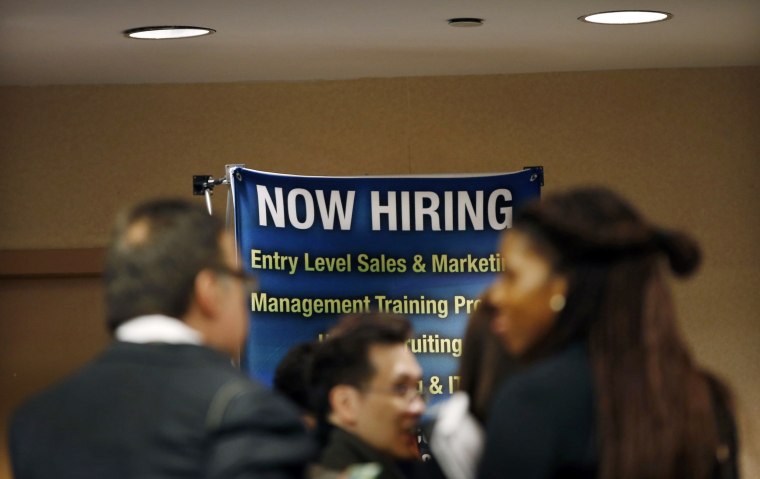The U.S. economy has had a bumpy ride since 2000 and a look at employment data shows that different parts of the country have reacted very differently. Big urban counties and minority centers have seen more people enter the workforce. Rural counties and less-diverse places have seen more people leave.
And when you match those differences to the political leans of those places you get a sense of how different parts of the U.S. electorate are viewing the 2016 election. In short, the numbers provide some evidence of the deeper problems lurking beneath the surly Republican primary vote and show a more sunny view in Democratic America.
The table below shows a sort of county types created by the American Communities Project for the 2016 election, you can read about those types and see a map of them here.

The workforce numbers above represent the change in the 16-or-older population in each type with employment or actively seeking a job in 2013 as compared to 2000 by percentage points. In a basic sense they measure the economic optimism of these communities. More people holding a job or actively seeking one can be an indication of more people feeling positive about their employment prospects.
On that table above you’ll note that all the county types that voted Republican in the last presidential election have seen a decline in workforce participation since 2000. The drop was particularly steep, nearly 2 percentage points, in the counties we call Faith Driven America. The reverse is true in Democratic-leaning places.
These numbers also fit somewhat well with a study released earlier this month showing an increase in “despair” deaths among the middle-aged U.S. non-Hispanic white population – deaths associated with drug overdoses, suicides and the like. In each of the Republican-leaning types above the non-Hispanic white population is above the national average, 62%, in some cases much higher. In Rural America and Faith Driven America, more than 85% of the population is made up of non-Hispanic whites.
To be clear, there are many reasons someone might opt out of the workforce. Parents may choose to stay home with children. Older workers may choose to retire early. But considering the rise in unemployment and wage pressures that accompanied the Great Recession, there’s good reason to believe there are a lot of “discouraged workers” among the people who have opted out of the workforce.
And in a political sense, these numbers may help explain the unsettled mood that has been a signature of Republican primary voters in the early parts of the 2016 campaign, particularly notable in the rise of outsider candidates such as businessman Donald Trump and former neurosurgeon Ben Carson.
About 30% of the Republican primary electorate comes from Rural American and Faith Driven America, as we noted recently. Those rural places have not fared well in the new economy and may be likely more open to the idea of a more dramatic change in leadership.
On the other side of the political spectrum, the Big Cities and Urban Suburbs have both seen growth in their workforces since 2000 and, as we wrote last week, those two county types make up almost half of the Democratic primary electorate. Considering these numbers, those communities may be less likely to want a big change in leadership.
They certainly appear to be faring better in the new economy. People who live in those places are slightly more likely to be in the job market than they were back in 2000. And remember 2000 was a pretty good year for the United States economy overall—the unemployment rate was 4% with about 4% growth in GDP.
In a broader sense, though, these numbers lay out how the 2016 presidential election appears to be unfolding to communities experiencing radically different economic realities and wanting very different things from their candidates.
